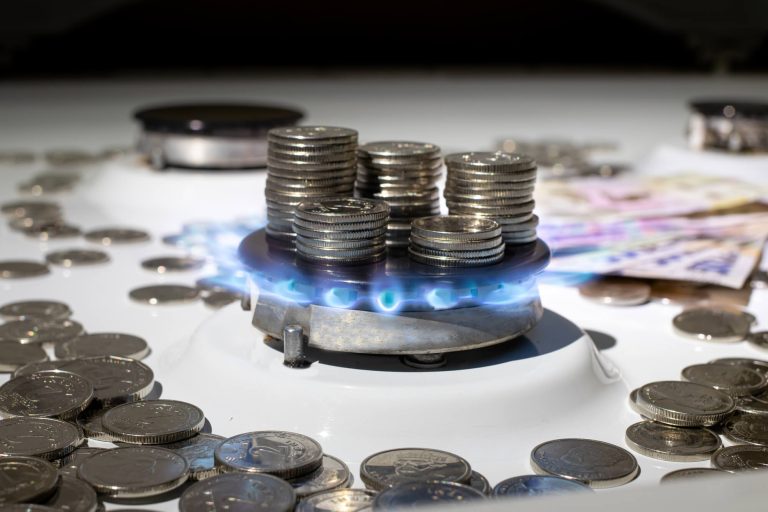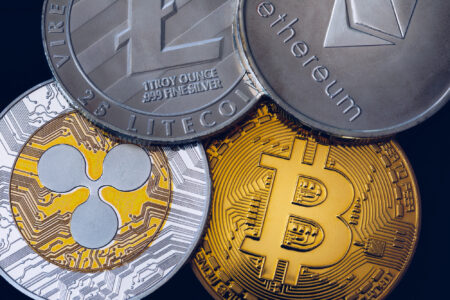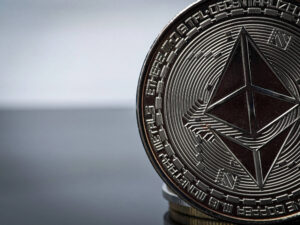Coin burn is a strategic action in the cryptocurrency world in which a certain number of tokens or coins are intentionally and permanently removed from circulation. This irreversible process is executed to achieve various goals, often closely related to a project's token economy, network security, or both.
Purpose and mechanism
Coin burning is an intentional process that usually involves sending a specific portion of tokens to a specific "burn" address. This address is unique in that it is not accessible and does not have a corresponding private key. This ensures that the tokens sent there are forever inaccessible and out of circulation. The act of burning can serve multiple purposes and is part of tokenomics. For some projects, it is a mechanism to correct token distribution errors or offset the impact of lost coins. For others, it is a deflationary measure to control the number of tokens in circulation and stabilize or increase the value of tokens over time.
Reducing the overall supply of tokens through coin burns can have a profound impact on token economics. As supply decreases, the scarcity of remaining tokens can potentially increase, leading to an increase in value, especially if demand remains constant or increases. This strategy may be particularly attractive to long-term holders, as the value of their holdings could increase. In addition, regular and transparent coin burns can serve as evidence of a project's commitment to its community. By actively managing the token offering, projects can demonstrate their commitment to ensuring long-term sustainability, fostering trust, and building a stronger relationship with their investors and supporters.
Most often, such "coin-burns" are executed via "smart contracts".









